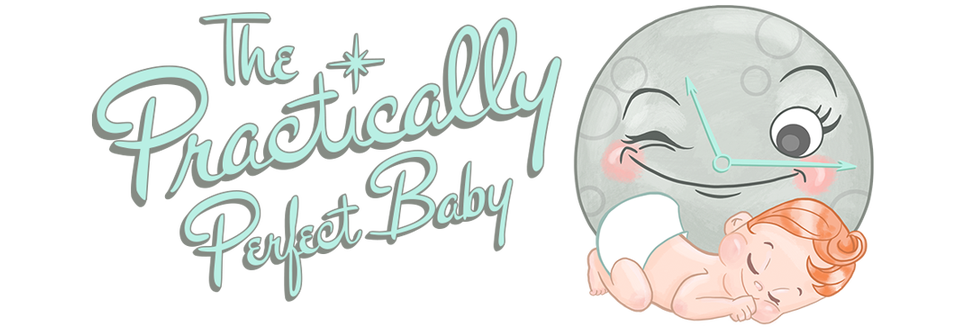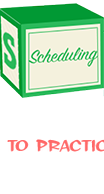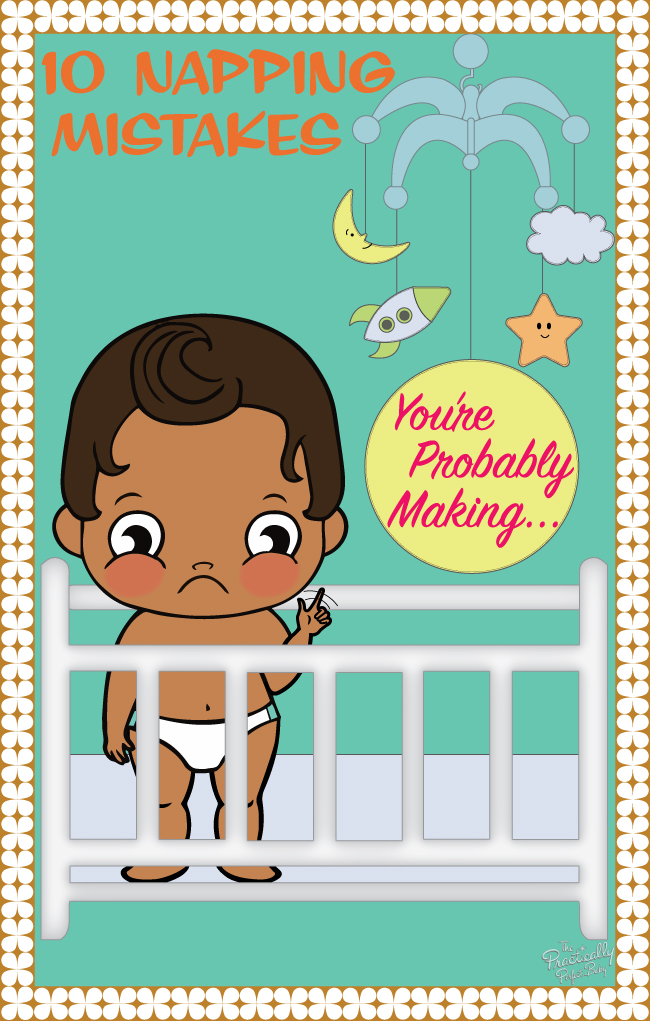Our 10 Biggest Napping No-No’s
When your baby isn’t napping consistently, check to see if you’re committing one of our 10 biggest napping sins:
#1: Putting your baby down for a nap when he’s already asleep.
This is the worst habit to get into for your baby’s naps! Your baby won’t learn to fall asleep on his own if you put him down while he’s asleep. After all, his ability to self-soothe to sleep is your number one napping goal. If you put him down while he’s already sleeping, he will no doubt wake up soon afterward and demand you help him fall back to sleep. Put your baby down for a nap while he’s still awake!
#2: Rocking, walking around, or driving(!) with your baby to get your baby to fall asleep.
Again, you’re robbing your baby of the opportunity to learn the skill of falling to sleep on his own if you make him dependent on you (or your car!) to do so. He will quickly learn to demand your help to fall asleep every time and he’ll let you know this by wailing during his naps. Remember, you are teaching your baby how to sleep and you want to teach him how to do this independently of you.
#3: Feeding your baby off-schedule to get him to sleep.
If your baby is on a consistent schedule, he will not be hungry at nap time. When you’ve created the magical routine of feeding, playing, then napping — in that order, every time, you’ve started regulating his metabolism and re-setting his body clock. Contrarily, getting him off-schedule means he’ll be less hungry (or not hungry at all) during his feedings and this will create exactly what you don’t want — that slippery slope that leads to a snacking, confused, and hungry baby. Read our “Why Use Our PPB Schedules” post!
#4: Rushing into the nursery when you hear your baby cry.
Use our 15-Minute Rule instead! Babies usually wake, whimper, and cry when they’re transitioning between sleep cycles. Again, you owe them the chance to fall back asleep on their own. Trust us, it’s harder on you than your baby. And remember, you have a goal for him. You’re giving your baby the precious gift of becoming a good sleeper who sleeps well his whole childhood.
#5: Not swaddling your baby (or not swaddling your baby tightly enough) during naps.
Babies just sleep better when they’re tightly swaddled in the first few months, even if they highly protest having it put on…and even if they find a way to break out of it during their naps. Start swaddling your baby on nap #1 and trust that it will truly help him sleep better no matter how much he “hates it.” Read our Swaddling post for buying the right swaddle and how to get it on well.
#6: Not waking your baby when the scheduled nap is over.
Have you been told to “never wake a sleeping baby?” We think this is absolute poppycock! Wake your baby up — otherwise, you’re really not following a schedule at all. Left to their own accord, babies will sleep all day and stay awake all night. It falls to you to teach them when it’s time to sleep and when it’s time to wake up. Read our Waking Your Baby to Feed post for our best tricks to wake and keep him up for his feedings, after his naps.
#7: Counting the snoozing he does during his scheduled activity time (in his swing, lounger, playpen, stroller, etc.) as scheduled naptime.
When your baby sleeps during his activity time (and he will!), especially in the first few months…do not count that time as scheduled naptime. Babies will sleep and sleep and sleep in the beginning and it’s your job to teach them when it’s really time to sleep. When they’re sleeping in the swing, the playpen, the stroller, the car seat, or the lounger during their activity time, its doesn’t count because they’re outside of their nursery, joining you in the outside world of light and many noises. It’s simply not the same kind of real sleep for them. Try your best to keep him up during activity time (read our Baby Activity Time post for tips) so his naptimes don’t suffer as a result of his tendency to mini-doze during the day.
#8: Making your baby nap outside of the nursery for his regularly scheduled naps.
Your baby should be napping and night sleeping in his crib, in his nursery, starting on night one (see our Nursery Night One! post). With modern monitors and video cameras, you can rest assured you’ll know every move your baby makes, so give him his own quiet, peaceful, dark, and consistent place to sleep every time.
#9: Not making the nursery’s environment conducive to good baby-sleep.
Make your baby’s nursery ideal for slumber. Read our Crib Essentials and Nursery Organization Must-Haves to help get you started. A Crib Soother, Sound Machine, and Black-Out Curtains are absolutely essential for good naps. And when you’re traveling with your baby, all you’ll have to do is recreate his nursery environment by finding a private space for him to sleep in a playpen, with his soother, sound machine, and monitor (all highly-portable products)!
#10: Letting your baby get overtired.
If you’re not keeping your baby on a consistent schedule, you’re totally encouraging your baby to quickly get overtired. Ironically, when your baby’s overtired he’ll have a much harder time falling to sleep. A lot of parents misdiagnose having an overtired baby as having a “cranky” or “grumpy” baby in nature, but this isn’t really the case. Regular baby routines create a consistently well-rested and happier baby. So pick and print one of our schedules that corresponds to your baby’s age in weeks and be disciplined about it, for your baby’s sake. (Read our “How to Become a Practical Parent” post to get you started!)
Related posts: Troubleshooting Naps, Baby Temperatures, Nursery Organization Must-Haves, PPB Schedule Birth-3 Weeks, Crib Essentials, Swaddling, Baby’s Nightcap, Waking Your Baby to Feed, The 15-Minute Rule, Sleeping Milestones, Crib Soothers, Sound Machine Magic, Swaddling, Why Use Our PPB Schedules, How to Become a Practical Parent














